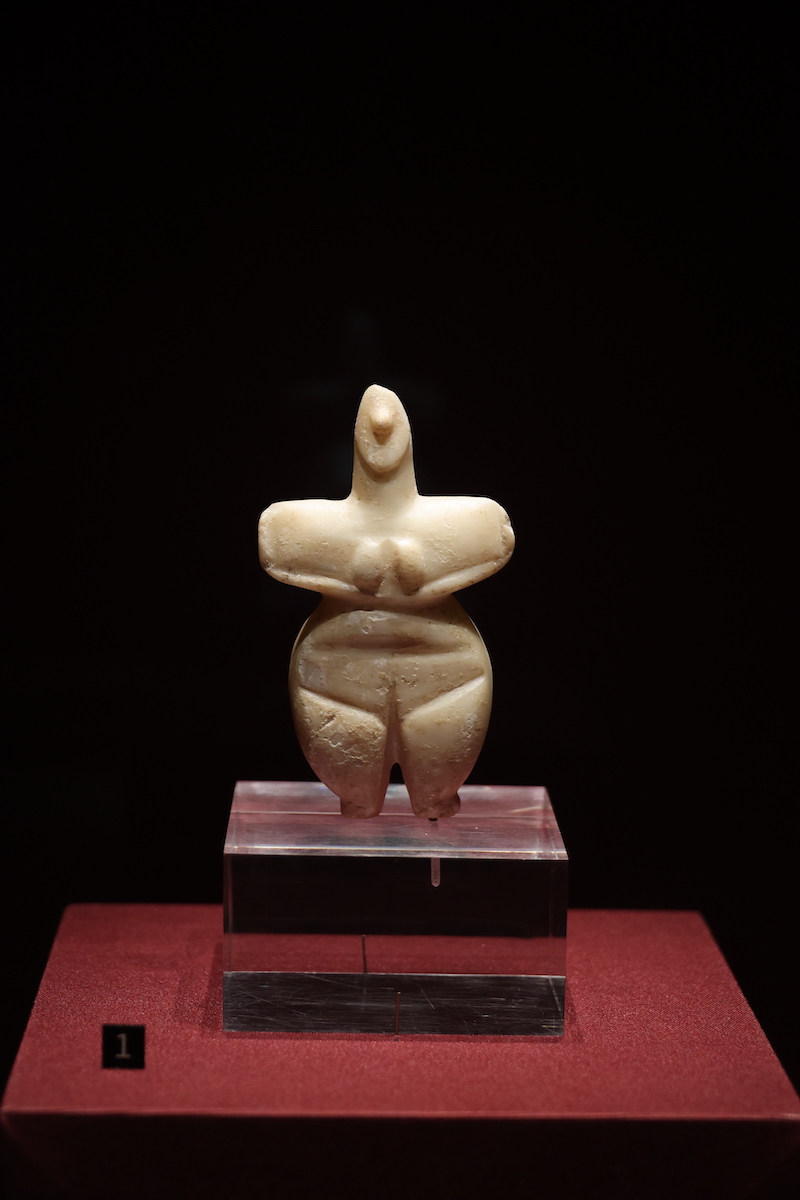
On December 16, Pope Francis of the Vatican announced that all the Parthenon marble fragments collected by the Vatican Museum will be returned to Greece. The pope called the return a "gift" to the Greek Orthodox archbishop, and the three fragments - a head of a horse, a boy and a man's head - have been in the Vatican's collection since the 19th century.
This "gift" once again pushed the British Museum into the limelight. In 1983, Greece formally requested for the first time to return the "Elgin Stone Sculptures" to the United Kingdom, but it has not been successful so far.
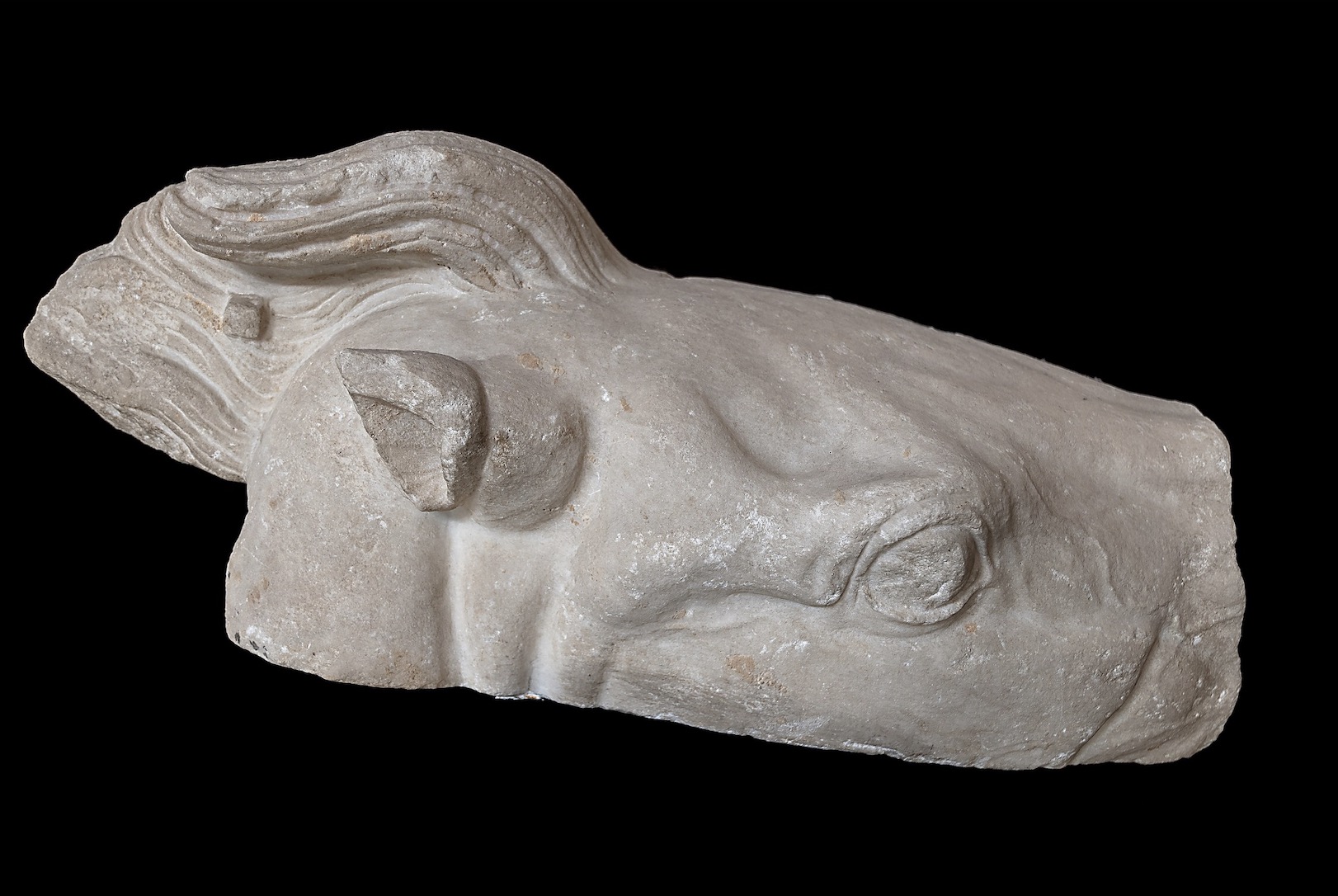
The Vatican Museums have returned a horse head from Greece.
The Parthenon Temple was built on the Acropolis of Athens in the 5th century BC. It is a temple dedicated to the goddess Athena in ancient Greece. It features characters from Greek mythology, legendary battle scenes and the Panathenaea procession.

The Parthenon in 2022
This temple has existed for thousands of years as a place dedicated to Athena. Later, even though the regime changed, the city was looted, and the temple was turned into a church and a mosque, the building remained intact. Until 1687, the Venetian Republic under the rule of Francesco Morosini attacked Athens. The Turks used the temple as a gunpowder depot to strengthen the defense of the Acropolis. Later, the gunpowder depot exploded due to shelling and part of it was destroyed. The building, Francesco Morosini looted the sculptures in the ruins, and the temple was almost abandoned.

An explosion in 1687 permanently damaged the southern end of the Parthenon.
By the 18th century, the uniqueness of the remains of the Parthenon was known to more Europeans, which aroused the attention of Britain and France to Greece. Early travelers and archaeologists measured the building and drew the first picture based on the measurement results. The Parthenon, published in 1787.
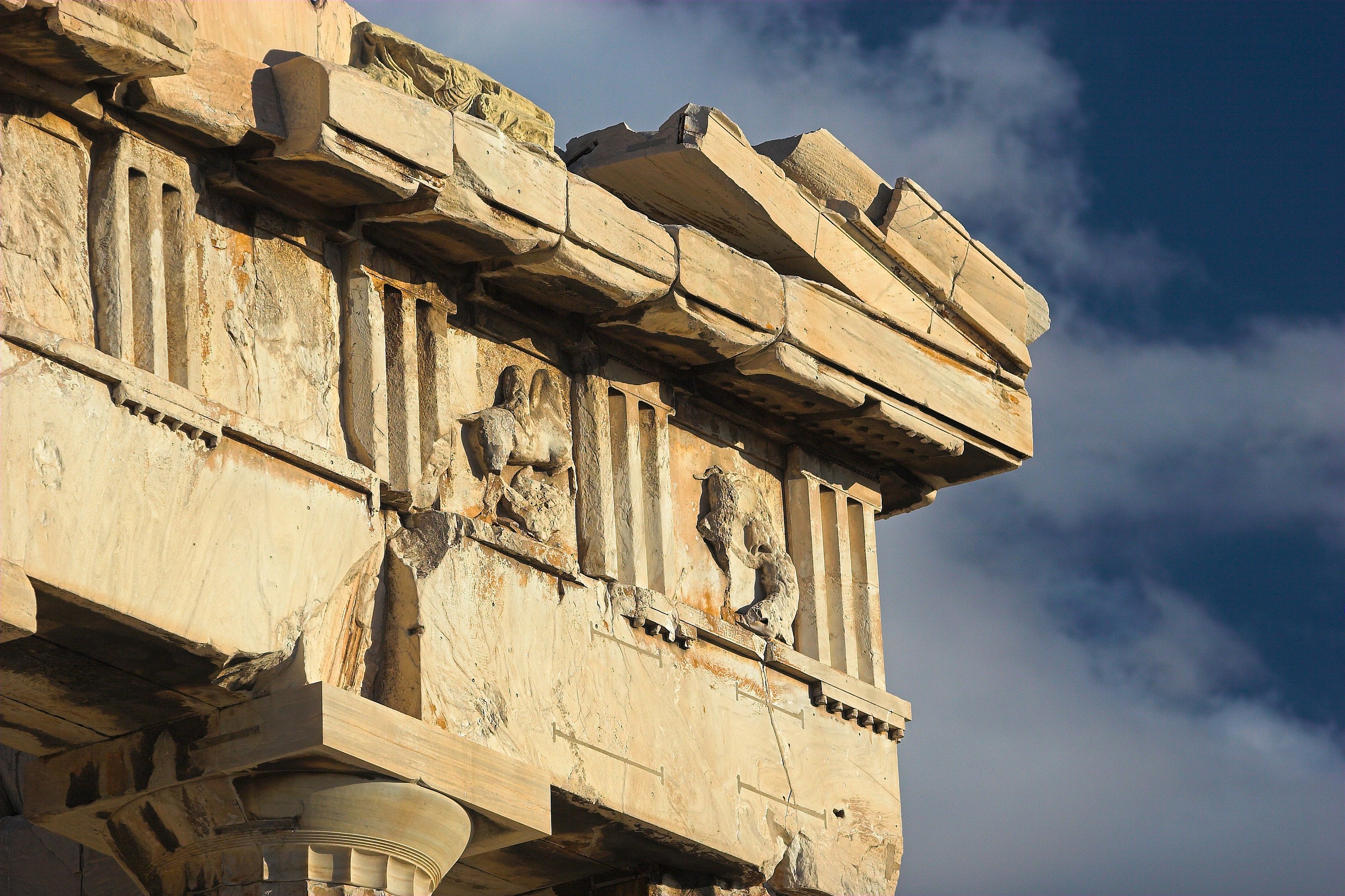
Detail of the west-panel illustrates the current state of the temple after 2,500 years of war, pollution, unstable protection, looting, and destruction.
In 1801, Thomas Bruce, the seventh Earl of Elgin, obtained permission to collect statues from the Greek rulers at the time. He hired local workers to remove marble sculptures from buildings, and also bought some from locals. Between 1801 and 1812, Elgin removed and shipped 21 statues, 15 panels, and the approximately 250-foot-long Parthenon frieze to England. At that time, British public opinion was controversial about this, and among the opponents, the poet Byron directly denounced this as robbery, and the British media called it destruction of antiquities and greed. But the British Parliament, after some debate, decided not to pursue Elgin's actions, and Elgin sold the stone carvings to the British government in 1816, and they were later hidden in the British Museum.
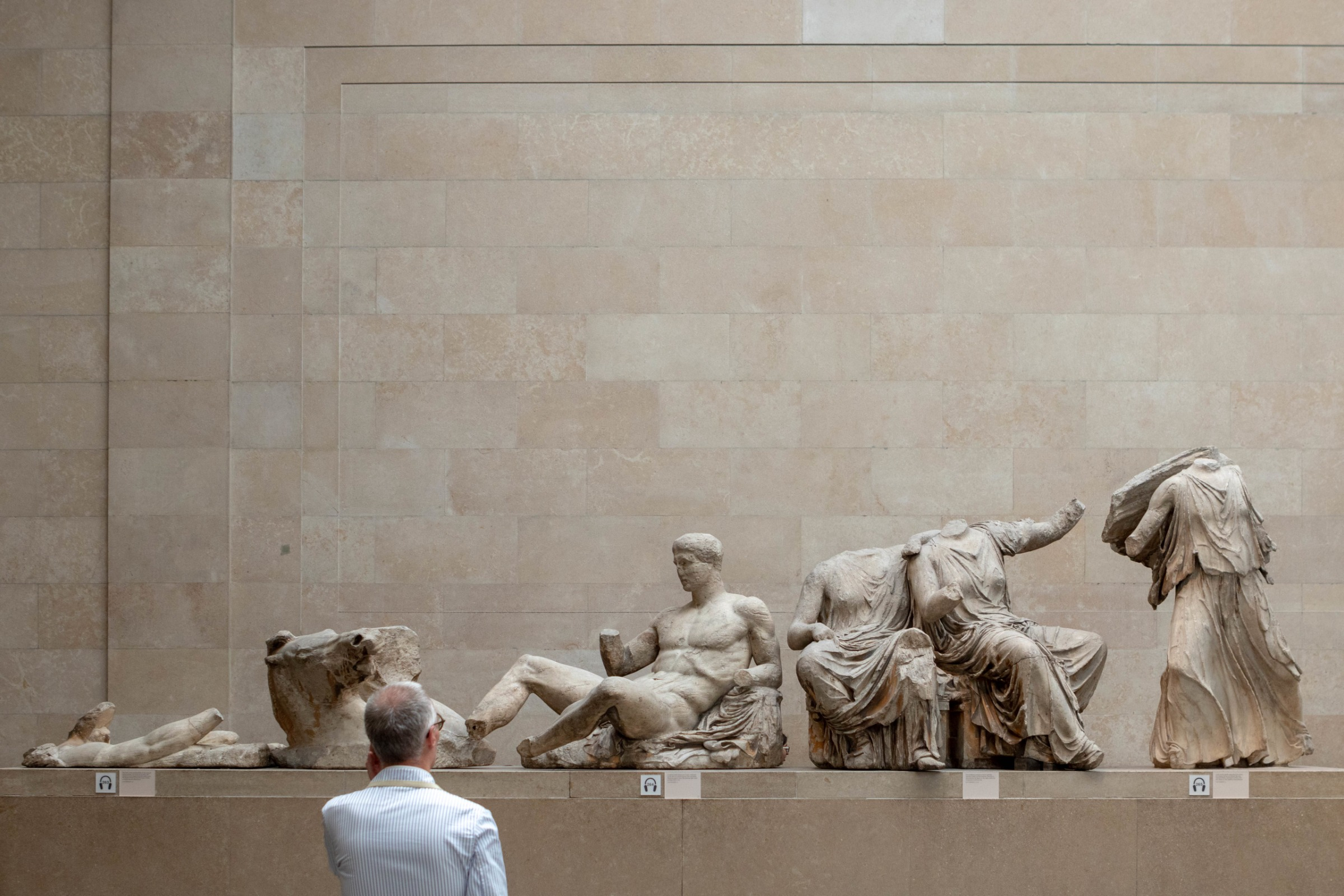
After Greece's independence in 1832, the Greek government began to pursue these lost stone sculptures and repeatedly asked the British government to return them to their original owners. In 2014, UNESCO coordinated, but in the end, the British Museum still refused to return the "Elgin Stone Sculptures", and it has not been successful so far.
The Vatican Pope's decision to "gift" follows mounting pressure on the British Museum to repatriate it. In the past, there was also a practice of using exhibitions to ease conflicts. For example, the head of a man returned to Greece by the Vatican was loaned to Greece for a year in 2008.

Vatican returns a man's head in Greece
As early as the beginning of 2022, the Regional Archaeological Museum of Antonio Salinas in Sicily has returned to Athens a marble fragment from the Parthenon with a leg pattern and a foot (the right foot of the goddess Artemis) The Acropolis Museum, on long-term loan. The move has also been interpreted as encouraging institutions with Greek artifacts, such as the British Museum, to follow suit.

A fragment of the Parthenon, the right foot of the goddess Artemis, was transported from Italy to the Acropolis Museum.
The sculpture fragment is believed to have come from the collection of British diplomat and art dealer Robert Fagan, who was appointed consul general of Sicily and Malta in the early 19th century. After his death, his widow sold the slab to the Reggio Museum of the University of Palermo, now the Archaeological Museum. The sculptural fragments will be exhibited at the Acropolis Museum for the next four years, with possible renewals thereafter. In exchange, the Italian museum will receive a loan of a fifth-century BC statue of Athena and a geometric eighth-century BC amphora.

The work, which has been added to the Acropolis Museum, combines original marble and plaster reproductions.
However, this time the Vatican "donated" the sculpture to the Greek Orthodox Church in a religious way, rather than returning it directly to the Greek government. The treasures that come. The Vatican Museum itself houses a wealth of artifacts from around the world, and this summer, Aboriginal leaders in Canada called on the Pope to return their artifacts in the Vatican. But so far there has been no return response.
In 1983, Greece first formally requested the return of the "Elgin Stones" to the UK. Since then, Greece has repeatedly appealed, and the British Museum has repeatedly ruled out the possibility of returning them, insisting that they were obtained legally.
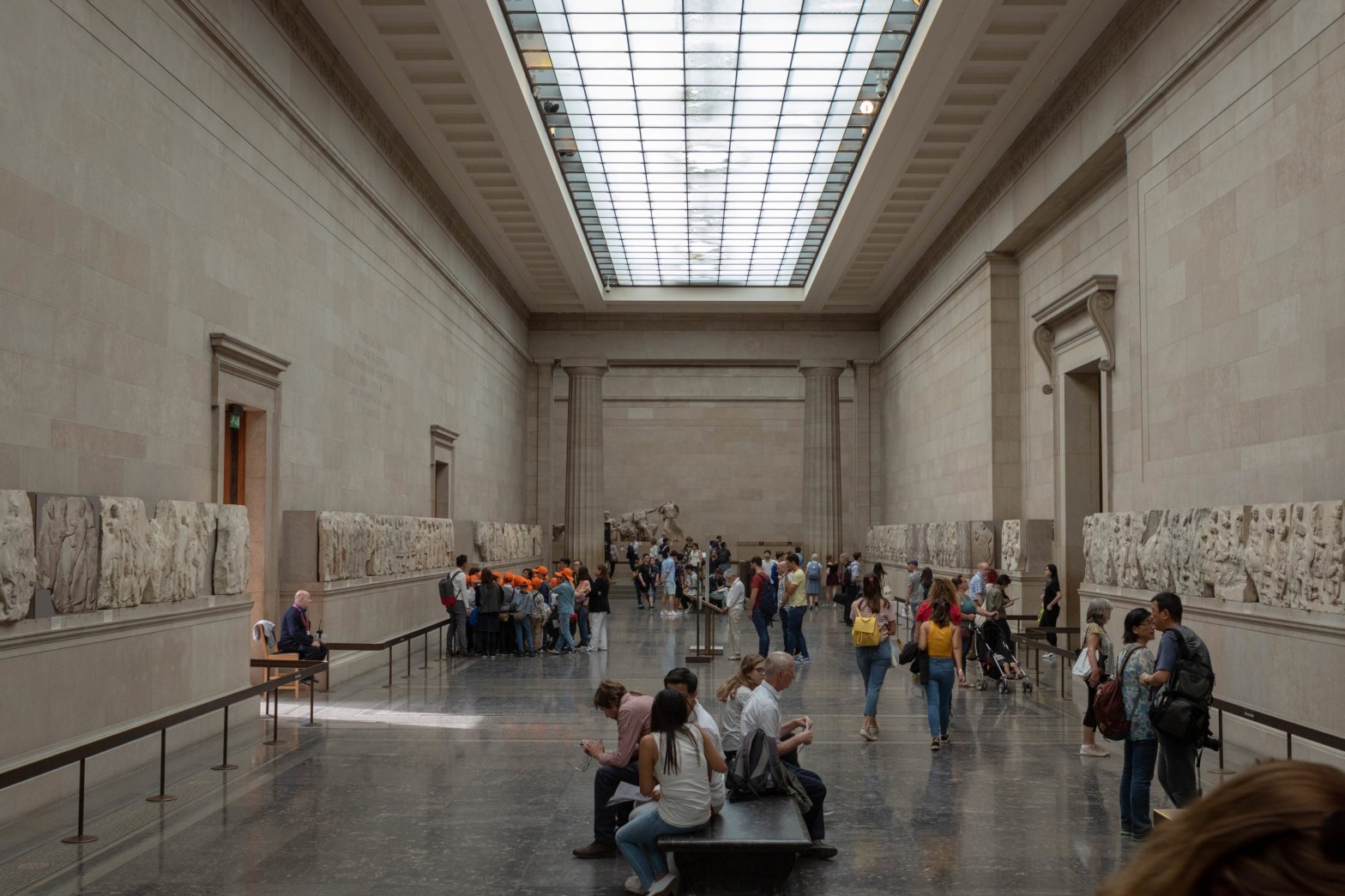
British Museum Greece
On June 18 this year, around 60 protesters gathered at the British Museum to reiterate their call for the return of London's Parthenon Marbles to Greece, an event that also coincided with the 13th anniversary of the opening of the Acropolis Museum, which opened in 2009 Officially opened on June 20, 2011, it is the most visited museum in Greece and houses 4,250 cultural relics from the archaeological site of the Acropolis. Its top floor "Parthenon Exhibition Hall" combines original artifacts with those sculptures that have been taken or destroyed. One of the motivations behind the dedicated museum is said to be to refute claims by British officials that there are no suitable sites in Greece to display the Parthenon sculptures.

Acropolis Museum
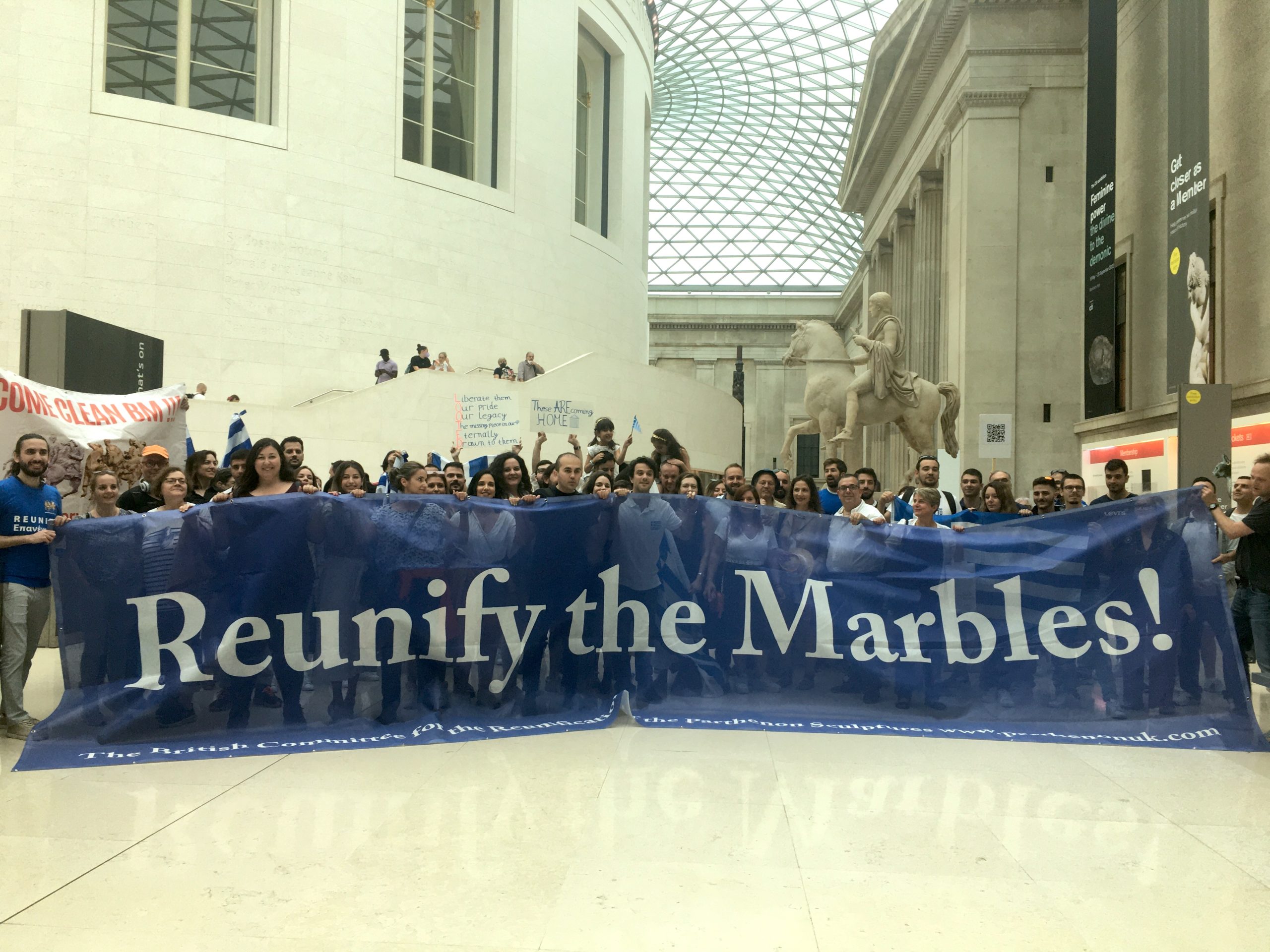
A protest calling for the return of the Parthenon Marbles in London to Greece, June 18, 2022.
In the 2,500 years since it was built, about half of the original Parthenon's original marble has been destroyed. The surviving ones are currently distributed in museums in six countries, among which the British Museum and the Acropolis Museum are evenly divided, and the Louvre and the Vatican Museum also hold some fragments.
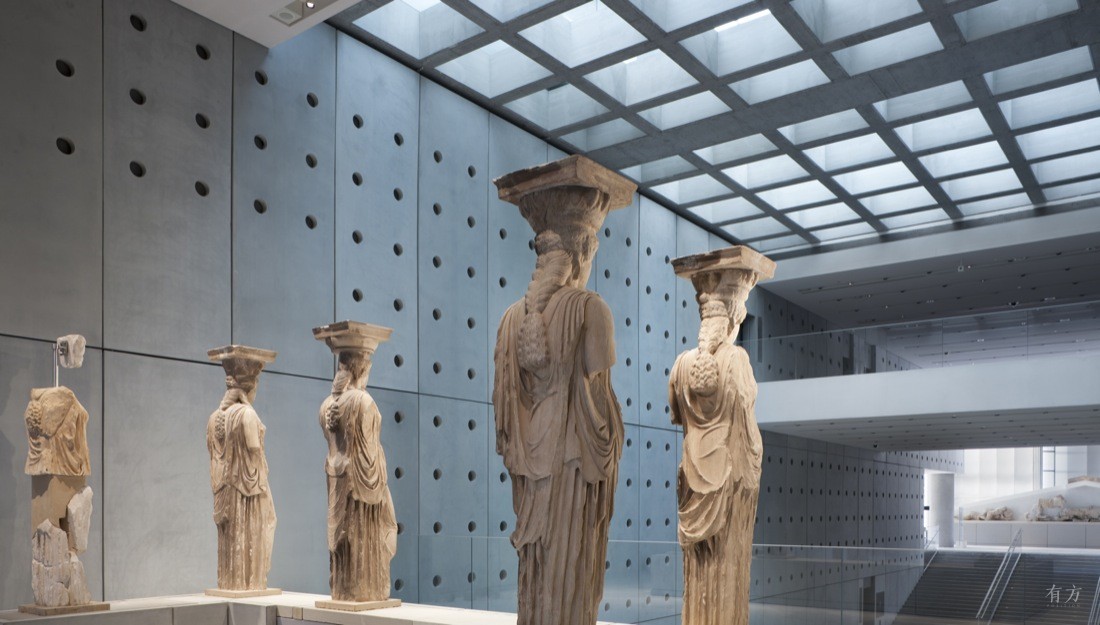
Acropolis Museum
At present, the Vatican Museum has returned it as a "gift". The British Museum has maintained its position that sculpture should exist between two museums, each telling and complementing very different stories. "These works of art are loved around the world and we believe public access should be at the heart of the conversation, but discussions are now often limited to legal issues and hostile environments rather than focusing on how to share them with the world." A spokesman for the British Museum Say.
However, the British Museum and the British government have given mixed signals on the Parthenon issue. Earlier in April, the museum rejected a request from the Institute of Digital Archeology to 3D scan the "Elgin Stones" to create an indistinguishable replica from the original. However, later that month, the UK's arts minister requested a meeting with the Greek culture minister to discuss the return of the items.
It was revealed earlier this month that representatives of the British Museum held secret talks with the Greek prime minister about repatriation. The Greek government said it would not make an immediate decision, while the British Museum said that while it wanted "a new Parthenon partnership with Greece", "we will not dismantle our great collection because it tells the story of our shared unique story".
Note: This article is compiled from "The Guardian" and "HYPERALLERGIC"

